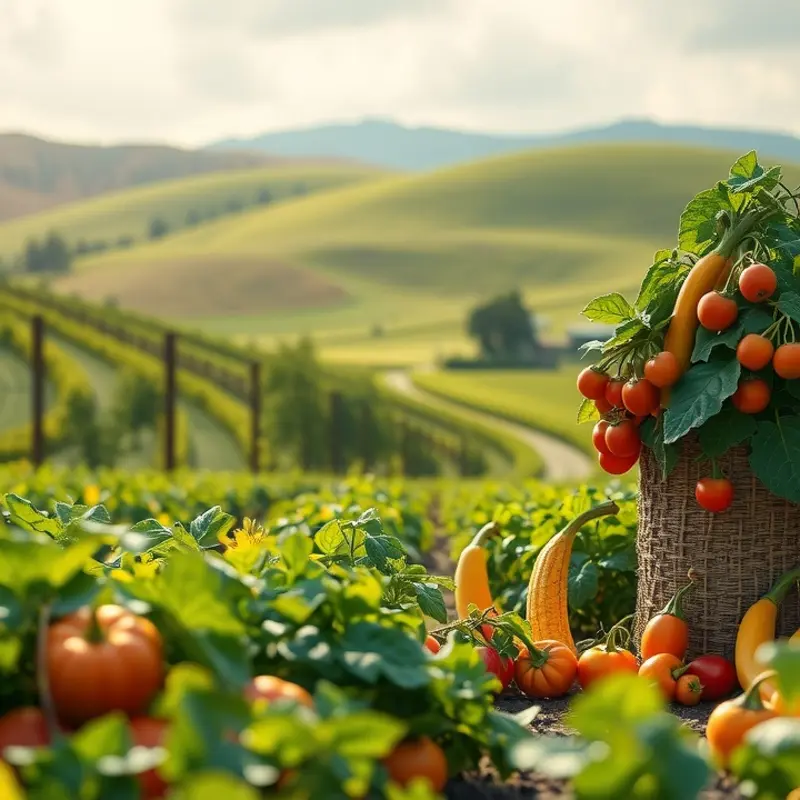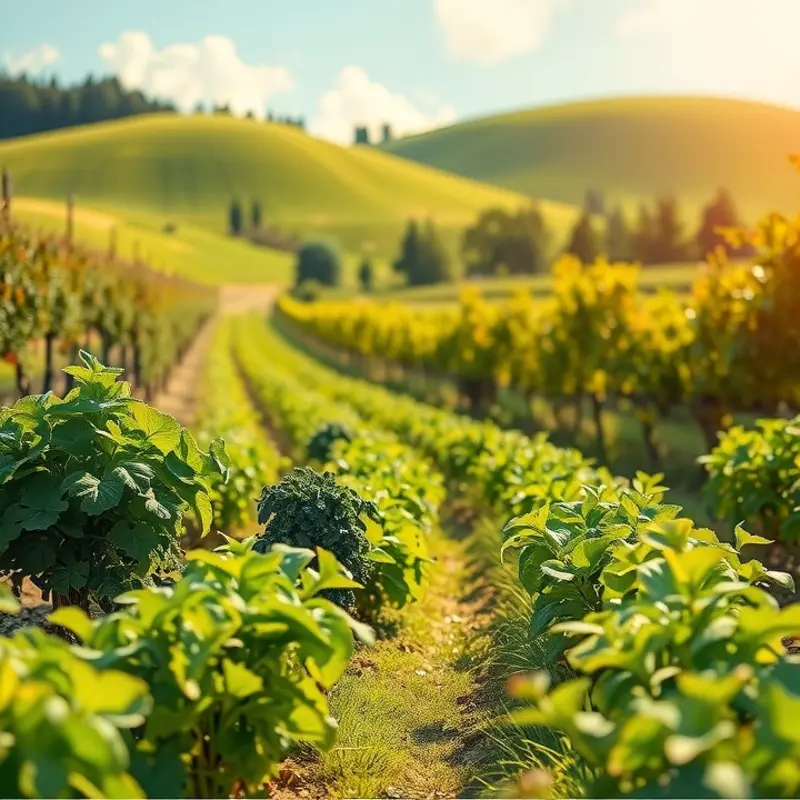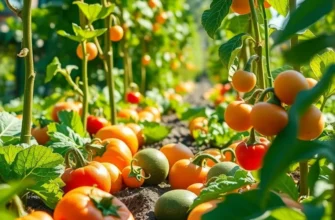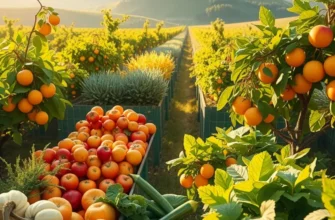Recipes are more than just a collection of ingredients and instructions; they embody stories that span generations and cultures. Each dish holds a narrative, reflecting its origins and the hands that crafted it. Through storytelling, culinary traditions come alive, offering not only flavors but also historical and cultural insight. Whether it’s a grandmother’s secret family recipe or a street vendor’s quick bite, these personal and collective stories enrich the experience of cooking and eating, inviting food enthusiasts to explore the world through their palates.
Plate of Heritage: The Roots of Culinary Stories

Recipes are more than just instructions for a meal; they are living stories that connect cultures, generations, and identities. Around the world, food serves as a narrative, weaving the threads of heritage and tradition. Each dish carries the essence of its origins, offering a taste of history shaped by the cultural backgrounds of communities.
Take, for example, the Italian ragù. This rich meat sauce has countless regional variations, each telling a unique story of local pride and familial bonds. In Bologna, ragù is historically linked to the farming communities where families gathered to prepare vast quantities, preserving regional flavors. These variations illustrate Italy’s diverse landscape, reflecting a tapestry of localized customs and lifestyles.
Food often acts as a conduit for cultural identity, encapsulating the essence of a community’s values and experiences. In Japan, the art of sushi represents patience, precision, and an appreciation for fresh, quality ingredients. Preparing sushi is more than a culinary skill; it’s a reflection of the country’s deep respect for nature and the mastery of simplicity.
In Mexico, the rich and savory mole sauce recounts a story of fusion between indigenous culinary techniques and Spanish influences. Over time, mole has become a symbol of national pride, often featured at significant celebrations. The layers of flavors in mole whisper tales of trade, conquest, and adaptation.
Storytelling through food also serves as a vital link between past and present, preserving traditions for future generations. Indigenous peoples around the world use food to connect with their ancestral roots, passing down recipes orally, ensuring that cultural knowledge remains alive. These culinary tales foster a sense of belonging and continuity, anchoring people in a shared heritage.
Furthermore, the communal aspect of food amplifies its role as a social anchor. Festivals and rites often revolve around communal meals, where shared food strengthens communal bonds. In India, the preparation of dishes like biryani is a collective effort that brings families and communities together, nurturing relationships and cultural heritage.
Understanding these culinary traditions can also elucidate how global influences shape local cuisines. As discussed in the blog on culinary influences through trade, trade routes have historically facilitated the exchange of spices and cooking techniques, enriching regional dishes with new flavors and stories.
These culinary stories remind us that every meal is an opportunity to connect with history, explore our identity, and savor the tapestry of human experience. Whether through a humble loaf of bread or an elaborate feast, food narrative bridges the gap between then and now, preserving the essence of what it means to be part of a culture.
A Recipe as a Conversation: Sharing in Culinary Traditions

Recipes are more than lists of ingredients and instructions; they are living records, carrying whispers of their origins and echoing the voices of those who have passed them on. Each meal prepared is a chance to engage in dialogue, a platform for sharing both personal narratives and community wisdom. This notion manifests vividly in culinary traditions across the globe, where food is not merely consumed, but celebrated and shared.
Take, for instance, the Moroccan tagine. This fragrant stew is more than a meal; it is a social experience. Cooking a tagine requires patience and attentiveness, often shared among family members or friends. While the ingredients simmer slowly, stories unfold, and generations come together to pass down tales as savory as the dish itself. Diners gather around the table, reaching into a communal bowl, not just for food, but for connection.
Similarly, Korean BBQ epitomizes communal eating, where the sizzling of meat over an open grill acts as a catalyst for discussion. The shared responsibility in cooking and serving embeds a sense of unity and collaboration, encouraging dialogue and laughter. It’s a time-honored tradition that brings people closer, allowing them to partake in one another’s stories as they share the meal.
Such traditions emphasize the importance of the communal element in food preparation and consumption. Each bite shared signifies more than mere sustenance; it serves as an open invitation to communicate, to listen, and to understand. Recipes handed down through generations are imbued with the voices and experiences of those who came before, transformed with each retelling.
Personal anecdotes enrich the experience, turning cooking into storytelling. A grandmother’s secret ingredient or a father’s anecdote about tending the grill in adverse weather becomes part of the narrative tapestry. These stories are inevitably flavored with personal idiosyncrasies, contributing to a recipe’s unique character.
Community wisdom also plays a critical role in preserving and evolving food culture. Local ingredients and culinary practices are often a reflection of community identity. As seen in the diverse culinary influences shaped by trade learn more here, many dishes have evolved through interactions between different peoples and cultures, resulting in an enriching blend of flavors and techniques.
As meals become gatherings, they foster an environment ripe for storytelling, where the past and present intersect at the table. The dish, then, is no longer merely about the food itself; it becomes a chapter in the ongoing narrative of cultural and personal identity, shared and savored by all who partake.
Final words
Through stories woven into recipes, we uncover the rich tapestry of human experience. Each dish we prepare holds a piece of history, reflecting the hands that have passed it down through generations. Embracing the narratives behind our meals fosters a deeper appreciation for the culinary arts. As food enthusiasts, exploring these stories allows us to connect with diverse cultures and tastes, transforming our kitchens into global stages rich in flavor and tradition. The next time you cook or share a meal, remember that you’re not merely following a recipe; you are contributing to a legacy, one tasty story at a time.








